Lots of folks think carpenter ants eat wood, like termites do. It’s a common mistake! While they definitely cause damage to wood, they don’t actually eat it. Understanding what do carpenter ants eat is really the first step in figuring out how to keep them out of your home. Over my years working in pest control here in the DC metro area, I’ve seen firsthand how knowing their habits helps get rid of them for good.
Carpenter Ants Diet Overview: What Do Carpenter Ants Eat?
So, what exactly is on the menu for these big ants? Carpenter ants are omnivores, meaning they eat a mix of things. They aren’t too picky, munching on both plant and animal matter.
Key Takeaway
Carpenter ants do NOT eat wood. They excavate it to build nests. Their actual diet includes proteins (insects, meat scraps) and sugars (honeydew, plant nectar, sweet spills). Understanding this diet is crucial for effective baiting and control strategies.
Knowing their diverse diet helps us figure out the best ways to control them. Different foods attract them at different times, which affects how we might use baits or other treatments. Understanding what do carpenter ants eat helps us target them effectively.
Omnivorous Habits in Carpenter Ants
Carpenter ants look for two main types of food: proteins and sugars. They get protein mostly from eating other insects, both living and dead. According to the University of Maryland Extension, their food sources include sweets, fatty foods, and even pet food.
They also have a sweet tooth. A big part of the carpenter ant diet comes from sugary liquids. This includes plant nectars, fruit juices, and especially honeydew. Honeydew is a sweet waste product made by aphids and scale insects that feed on plants. Carpenter ants love it so much, they’ll even protect aphids from predators just to harvest the honeydew.
Detailed Food Sources for Carpenter Ants
Let’s break down the specifics of the carpenter ant diet.
Protein Sources in the Carpenter Ant Diet
Protein is crucial, especially for the growing larvae in the colony. Carpenter ants get protein by hunting or scavenging.
- Live or dead insects (like flies, caterpillars, even termites!)
- Small scraps of meat or grease left behind in kitchens
- Pet food left out in bowls
Sweet & Carbohydrate Sources in the Carpenter Ant Diet
Sugars give the adult worker ants energy to forage and build nests.
- Honeydew from aphids and scale insects found on trees and shrubs
- Plant sap and nectar from flowers
- Juices from ripe or decaying fruits
- Sugary spills like soda, syrup, or jelly in your home
Debunking the Myth: Carpenter Ants Don’t Eat Wood
It’s important to repeat: carpenter ants do not eat wood. Unlike termites, they can’t digest cellulose, the main part of wood. So, why do they chew through your home’s structure?
They excavate wood purely to create tunnels and chambers for their nests. They prefer wood that’s already a bit soft, often from moisture damage. The wood they chew out gets pushed out as coarse sawdust, called frass. Finding this frass is a key sign you have carpenter ants, not termites. If you need help identifying them, check out our Short Guide To Carpenter Ants.
Seasonal Variation in Carpenter Ant Diet
What carpenter ants crave can change with the seasons. In the spring, when the queen is laying eggs and larvae are developing, the colony needs more protein. You might find them more attracted to insect baits or meat scraps then.
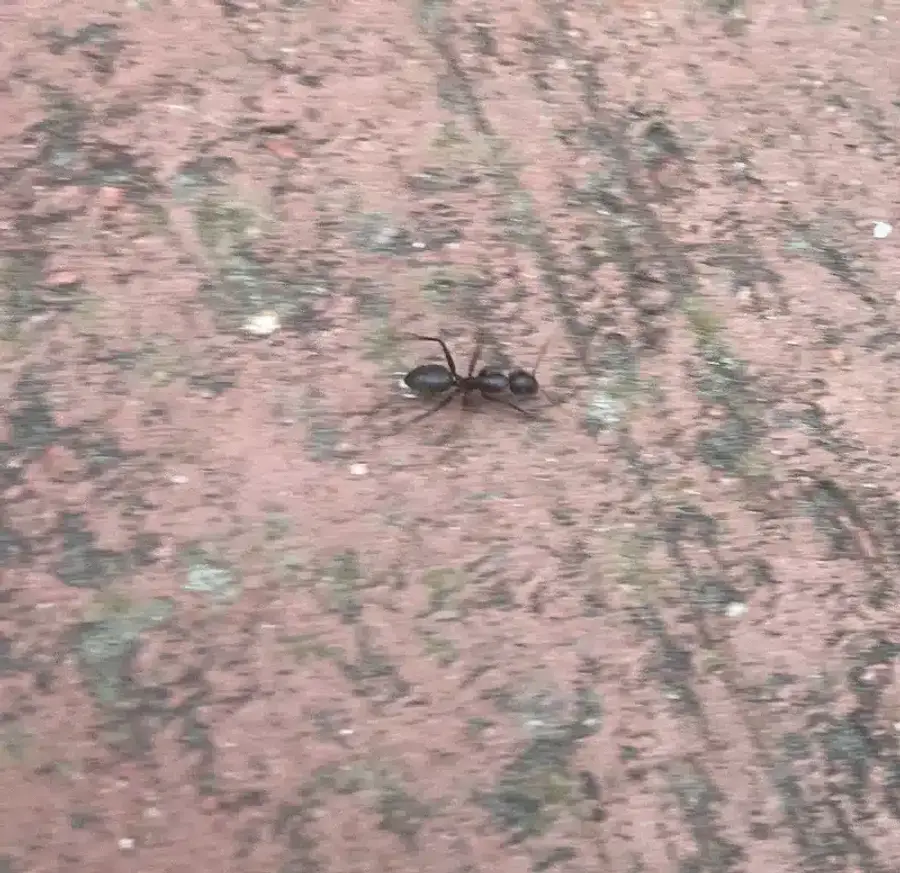
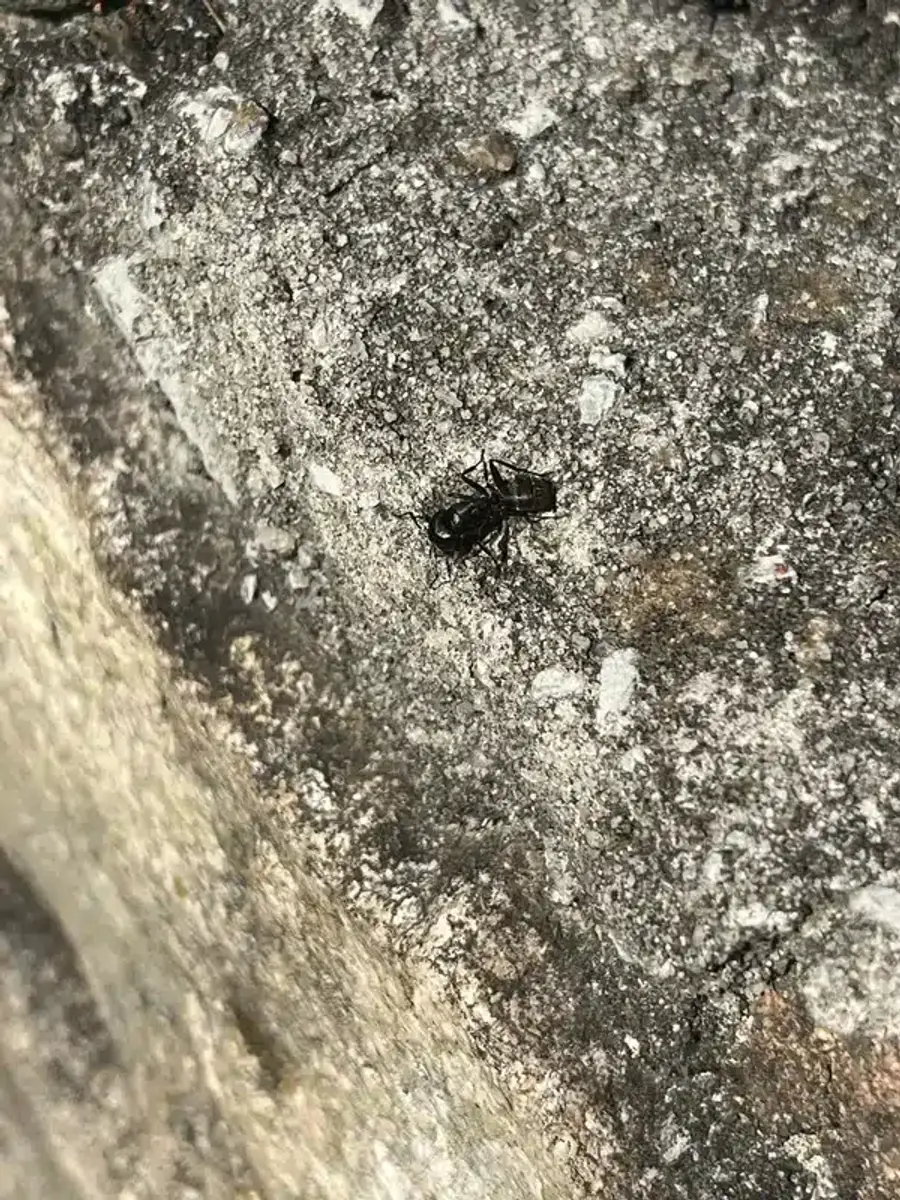
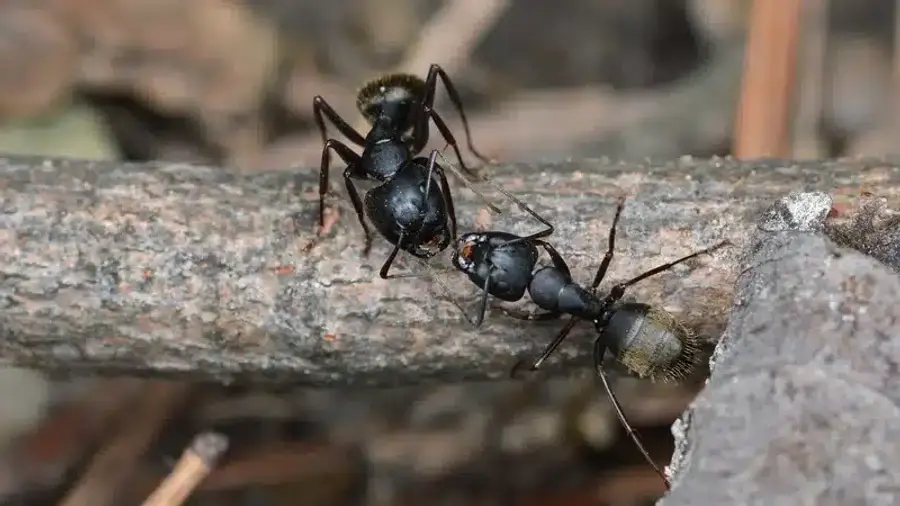
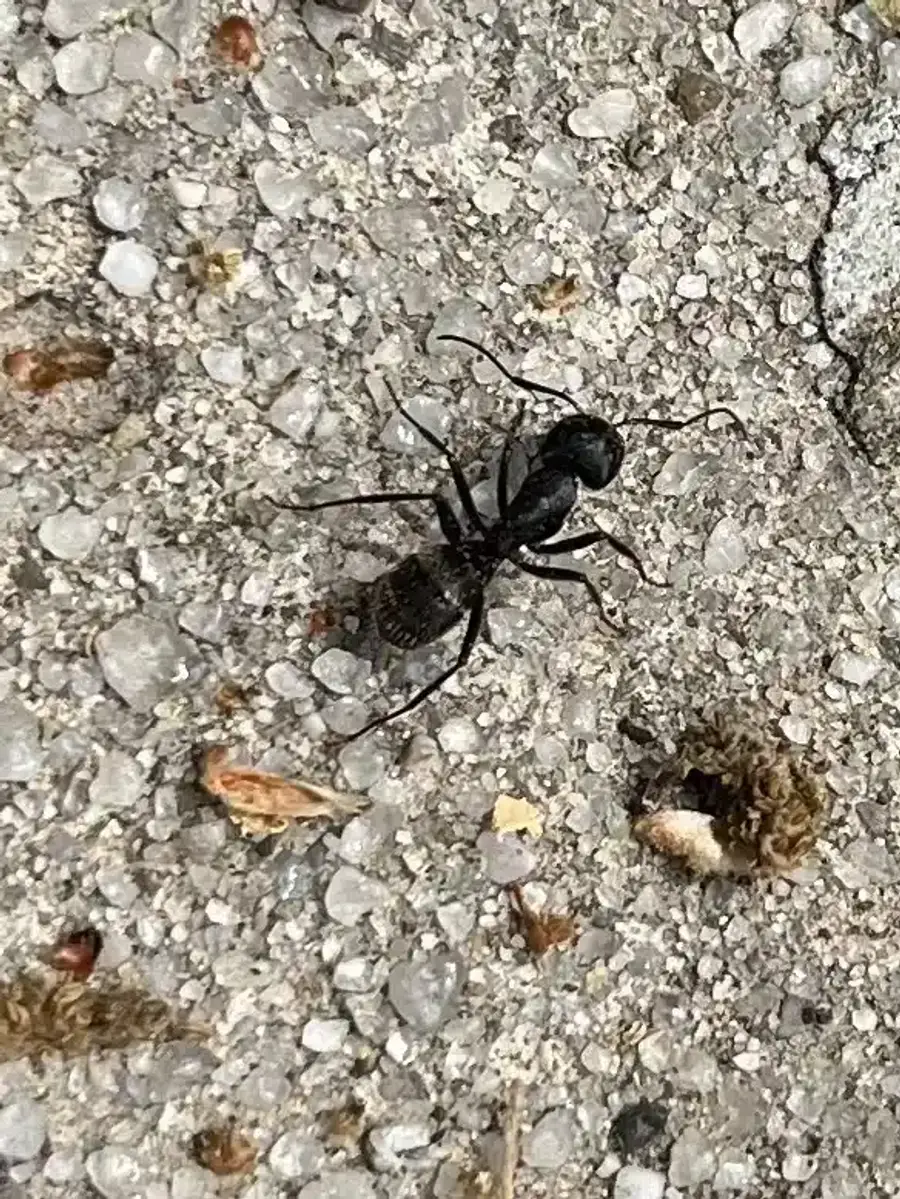
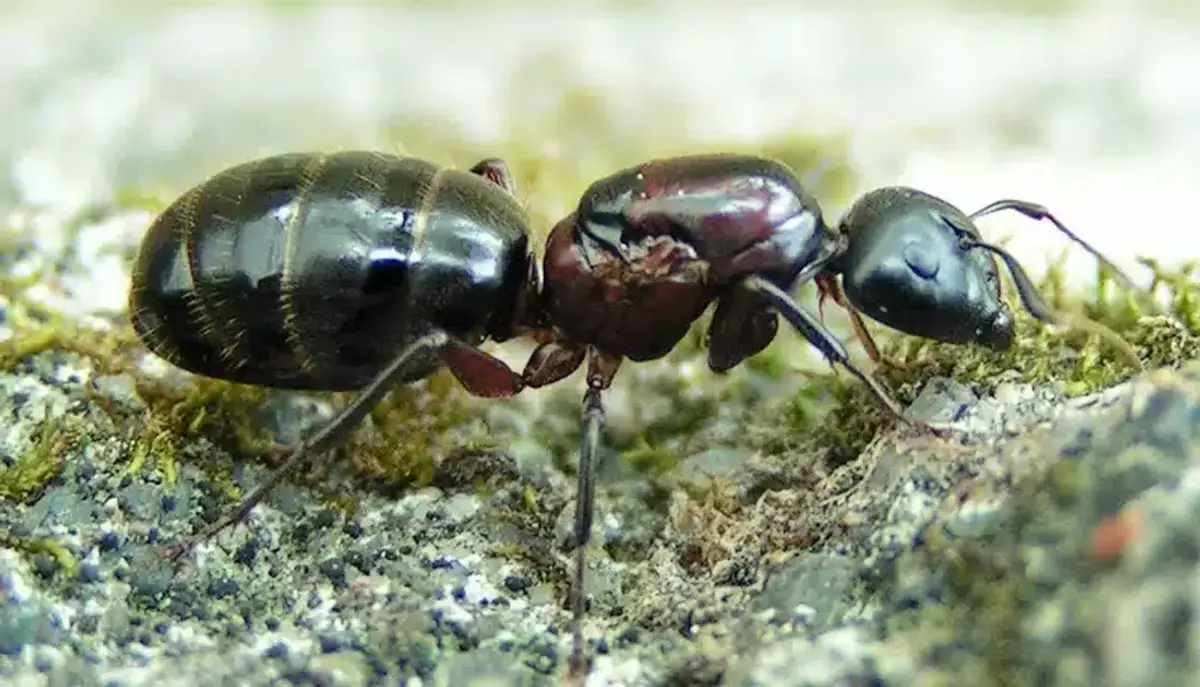
Later in the summer and fall, adult workers need energy for foraging. Their preference often shifts towards carbohydrates and sugars, like honeydew or sweet baits. Understanding this helps professionals like us choose the most effective baits at the right time of year.
What Attracts Carpenter Ants to Your Home? Conducive Conditions & Decaying Wood
Carpenter ants usually live outdoors in dead trees or stumps. But they often move into houses looking for food, water, or better nesting spots. Certain conditions make your home particularly inviting. What attracts carpenter ants most is moisture.
Moisture & Wood Rot as Catalysts
Moisture Damage Alert
In my experience across Northern Virginia, the number one reason carpenter ants invade a home is moisture. Leaky pipes, clogged gutters, poor flashing, or damp basements can wet the wooden parts of your house, creating perfect conditions for carpenter ant infestations.
This moisture softens the wood and encourages decay, making it easy for carpenter ants to tunnel. They often start nests in areas like window sills, door frames, roof eaves, or under sinks where wood has been damaged by water. Preventing ant problems often starts with fixing moisture issues; learn more about how to prevent ants in Virginia here.
Structural Issues That Invite Infestation
Besides moisture, other things can attract them:
- Poor ventilation: Attics and crawl spaces without good airflow trap moisture.
- Wood-to-soil contact: Decks, porches, or siding touching the ground give ants easy access.
- Cracks and gaps: Openings around windows, doors, and utility lines act as entry points.
- Nearby trees: Overhanging branches touching the roof are like highways for ants.
- Firewood piles: Stacks near the house can harbor outdoor nests.
Identification & Behavior of Carpenter Ants
Knowing how to spot carpenter ants is key. They are among the largest ants you’ll see around your home, often black or reddish-black.
Distinguishing Carpenter Ants from Other Ants and Termites
Here’s how to tell them apart (check our general Ants page for more):
- Size: Workers range from 1/4 to 1/2 inch long. Queens are even bigger.
- Waist: They have a single, narrow node connecting their thorax and abdomen (a pinched waist).
- Thorax: Their upper back (thorax) is evenly rounded when viewed from the side.
- Galleries: Tunnels in wood are smooth and clean, like they’ve been sandpapered. Termite galleries are rough and contain mud.
- Frass: Carpenter ants leave behind piles of coarse sawdust mixed with insect parts. Termites don’t produce this.
Winged carpenter ants (swarmers) emerge in spring. They have bent antennae and front wings longer than back wings. Termite swarmers have straight antennae and wings of equal length.
Nesting Behavior: Parent and Satellite Nests
Carpenter ants often have a main parent nest outside, perhaps in a tree stump or woodpile. This nest contains the queen, eggs, and young larvae.
If the main colony gets large, or finds good conditions indoors, they may establish satellite nests inside your home. These usually house workers, older larvae, and pupae. Satellite nests are often found in voids, insulation, or moisture-damaged wood. Finding and treating both parent and satellite nests is crucial for control, something our licensed technicians are trained to do.
Integrated Pest Management (IPM) for Carpenter Ant Control
Getting rid of carpenter ants effectively requires a smart approach called Integrated Pest Management (IPM). This involves inspection, fixing conditions, exclusion, and targeted treatments. It’s about solving the problem long-term, not just spraying chemicals. Our family-owned business has focused on responsible methods like this for decades.
Inspection and Detection Methods for Carpenter Ants
Finding the nest is the most important step. Look for:
- Frass: Piles of sawdust near walls, insulation, or wood structures.
- Trails: Lines of ants, especially active at night. Try following them with a flashlight after dark.
- Sounds: Faint rustling or crunching inside walls or ceilings, especially if you tap the surface. According to Penn State Extension, you can sometimes hear them by putting a glass to the wall.
- Moisture Damage: Check areas prone to leaks or dampness.
Habitat Modification & Exclusion Strategies
This means making your home less attractive and harder to enter.
- Fix leaks: Repair pipes, roofs, and gutters immediately.
- Improve ventilation: Ensure attics and crawl spaces are dry.
- Remove rotten wood: Replace any water-damaged structural wood.
- Trim vegetation: Cut back tree branches and shrubs touching the house.
- Seal gaps: Caulk cracks around foundations, windows, and utility lines.
Effective Carpenter Ant Treatment Options
If inspection confirms an infestation, treatment is needed. IPM guides us to use the most targeted and effective methods.
Baiting Strategies Using Non-Repellent Insecticides
Baits are often very effective for carpenter ant treatment. We use food baits containing a slow-acting ingredient. Foraging ants carry the bait back to the nest and share it, reaching the queen and larvae.
Using non-repellent products is key. Ants don’t detect them, so they readily spread the treatment throughout the colony. Baiting takes time but can eliminate the entire nest without needing to find its exact location. We often use different bait types (sugar and protein) to match their current needs.
Alternative Non-Chemical Treatments & Professional Services
Sometimes, other steps are helpful:
- Vacuuming: Sucking up visible ants and frass can reduce numbers quickly.
- Nest Removal: If accessible, removing the infested wood physically takes out the nest.
- Dusts: Applying insecticidal dusts (like boric acid) into wall voids where nests are hidden.
If nests are hard to find, or the problem is widespread, it’s wise to call professionals. Our licensed technicians at Better Termite & Pest Control have the tools and experience to locate and treat hidden infestations effectively, whether you’re in Alexandria, Arlington, or Bethesda.
Prevention and Maintenance Tips for Homeowners
Carpenter ant prevention mostly boils down to good home maintenance.
Local Considerations: Carpenter Ant Challenges in Chantilly & Woodbridge, VA
Where you live in the DC metro area can influence pest pressures. For example:
- Chantilly, VA: The dark red, clay-rich soil here holds moisture well. This can create damp conditions near foundation walls, attracting ants seeking moisture, including carpenter ants.
- Woodbridge, VA: Many homes back up to wooded lots. This natural setting provides ample habitat for parent colonies of carpenter ants, increasing the chance they’ll forage into nearby homes or establish satellite nests.
Understanding these local factors helps tailor prevention and treatment strategies, something we consider for every home we service, from Fairfax to Herndon. You can also learn about common ants in Alexandria, Virginia on our blog.
The Better Promise & Our Unique Approach to Carpenter Ant Control
Dealing with carpenter ants can be frustrating. At Better Termite & Pest Control, we understand that. As a local, family-owned business for over 57 years, we treat your home like our own.
We developed The Better Promise because we believe you deserve effective pest control without being locked into contracts. If you have a plan with us and pests return, we offer free unlimited callbacks until the issue is resolved. You can also cancel anytime with 30 days’ notice if you’re not satisfied.
Our experienced technicians use products evaluated by our internal research team, focusing on effectiveness while reducing reliance on harsher chemicals. We personalize our approach, starting with a thorough inspection to understand your specific situation.
Dealing with pests like carpenter ants requires understanding their habits and using targeted solutions. We work to get results while respecting your home environment.
Conclusion
Carpenter ants don’t eat wood, but their nesting habits can still cause problems. They are attracted by moisture, decaying wood, and easy access to food sources like insects and sweets. Effective carpenter ant control relies on finding nests, fixing attractive conditions, and using targeted treatments like baits.
Regular home maintenance and prevention are your best defenses. By keeping your home dry and sealed, you can greatly reduce the risk of these large ants moving in.
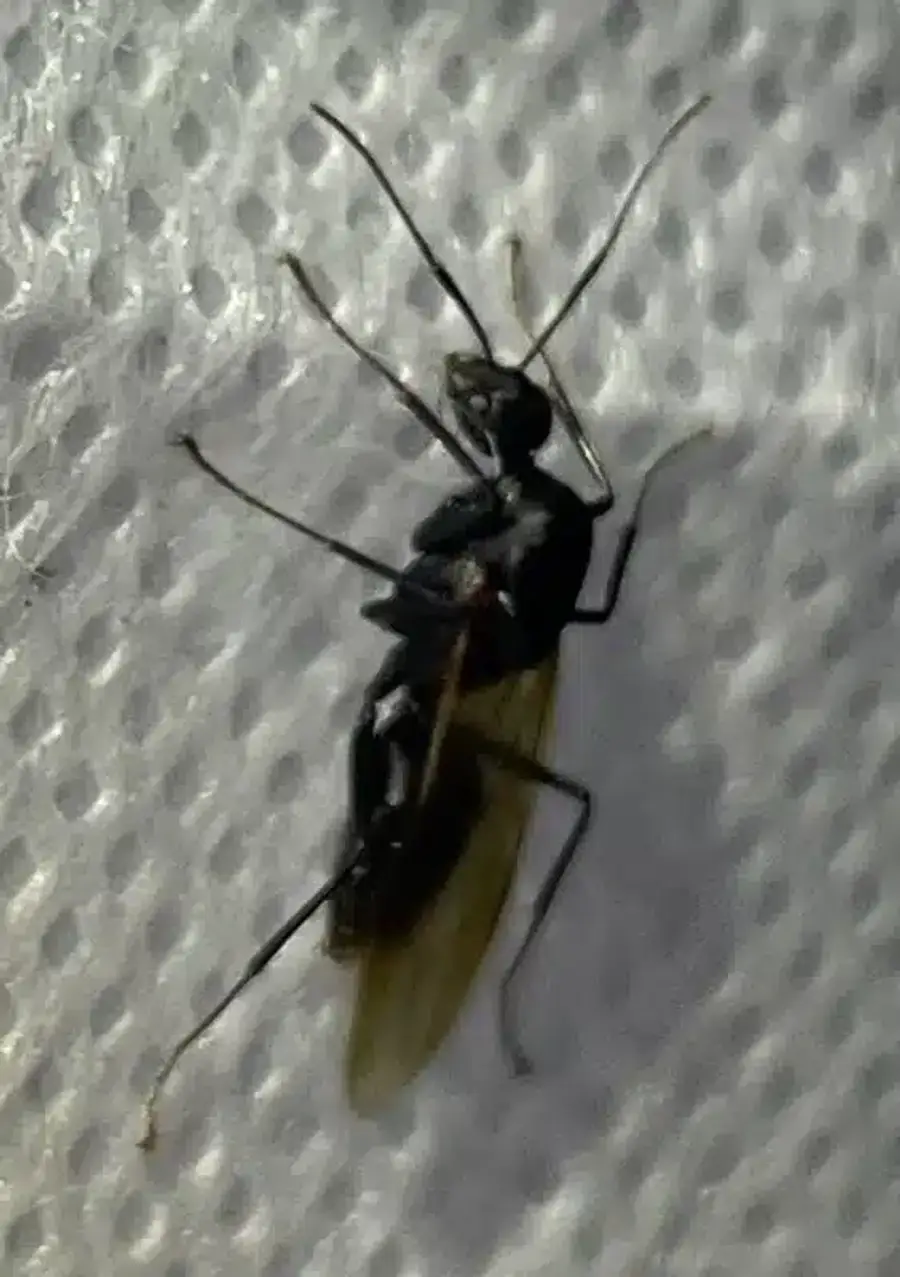
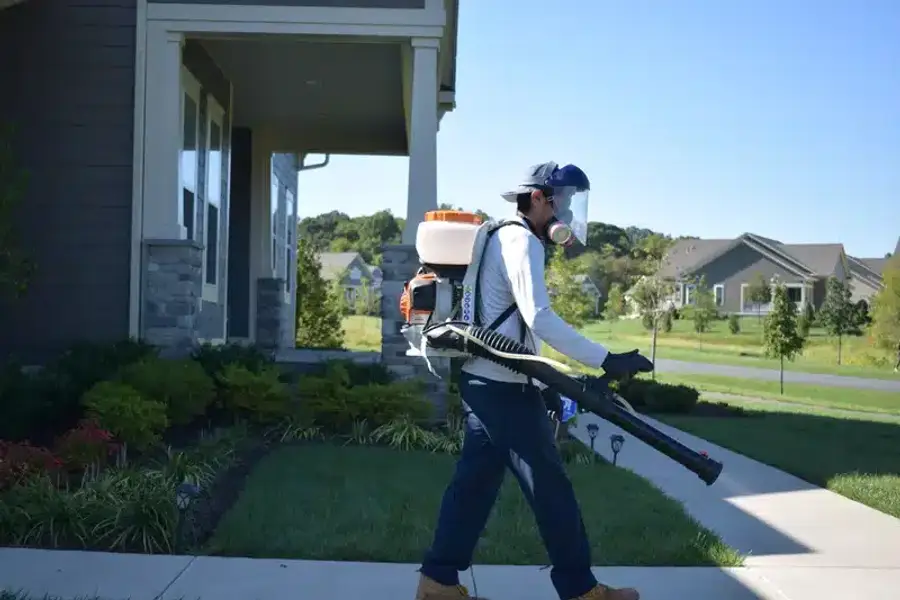
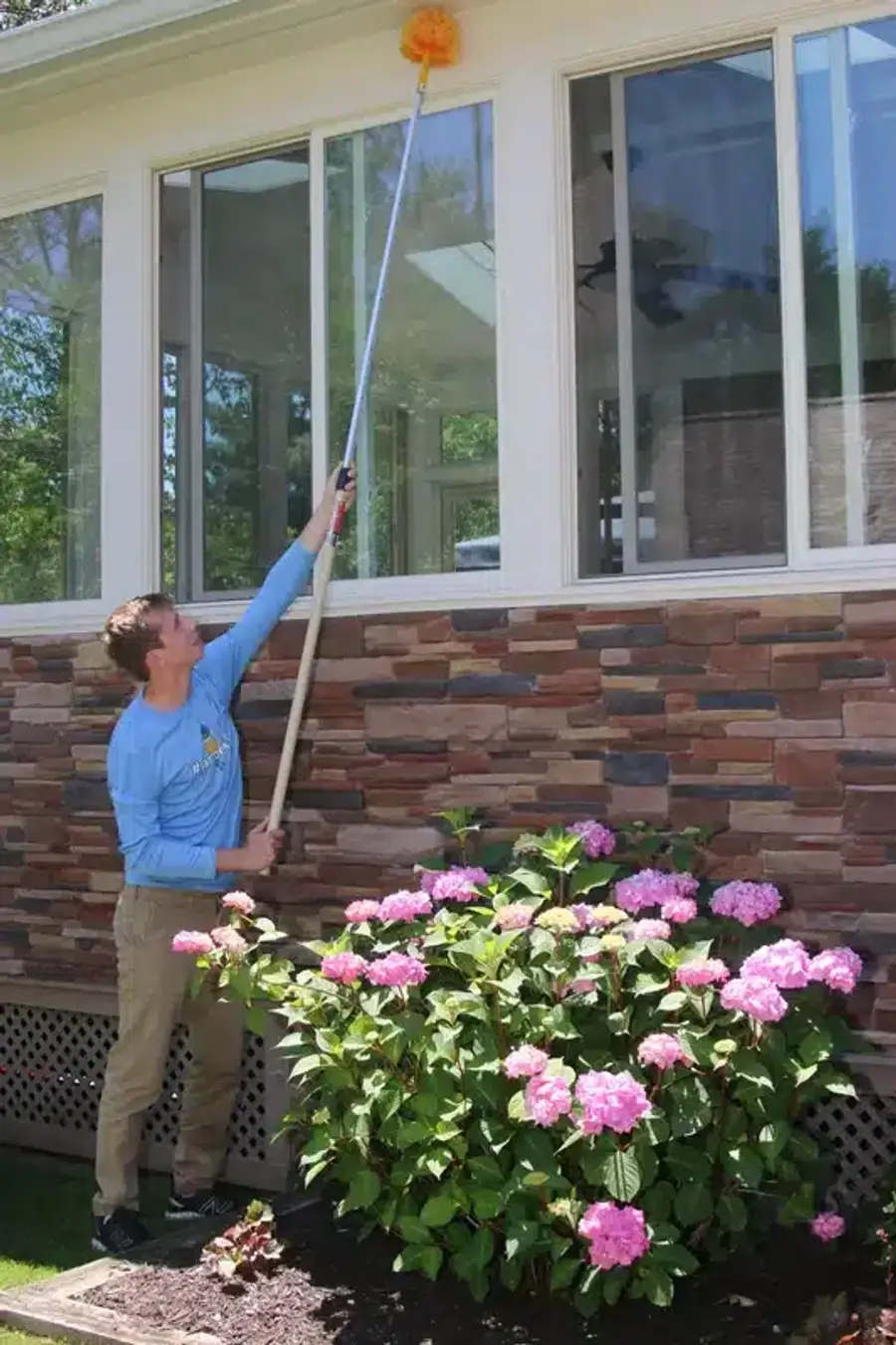
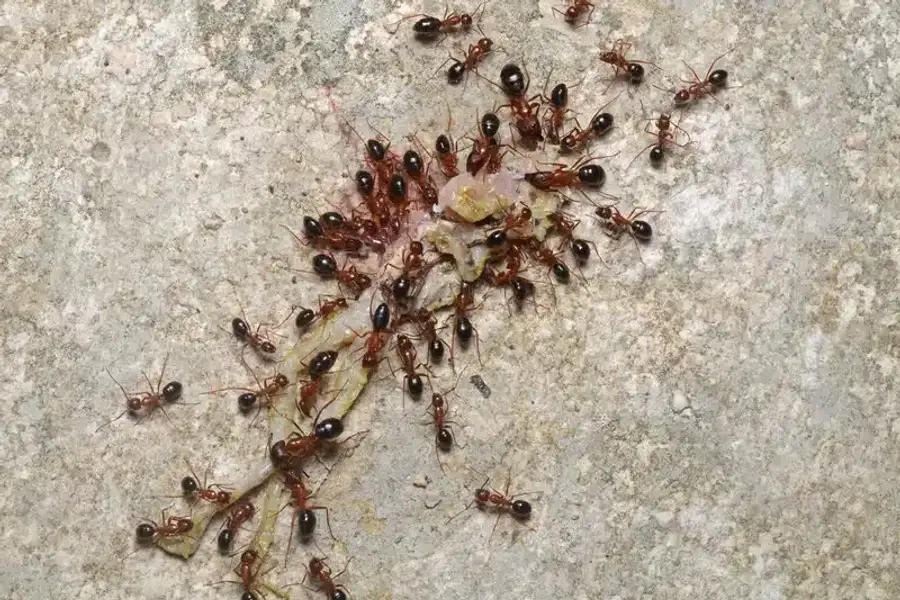
Contact Better Termite & Pest Control today at 703-683-2000 or email us at info@bettertermite.com.
Frequently Asked Questions About Carpenter Ants, Their Diet and Control
What do carpenter ants eat and why don't they eat wood?
+
Carpenter ants are omnivores. They eat insects (for protein) and sweet things like honeydew, plant nectar, and sugary spills (for energy). They tunnel into wood to build nests, but according to [Virginia Cooperative Extension](https://www.pubs.ext.vt.edu/3104/3104-1573/3104-1573.html#:~:text=Wood%20is%20used%20solely%20as,food%20scraps%20within%20a%20house), they don't eat the wood itself because they can't digest it.
How can I tell if I have a carpenter ant infestation?
+
Look for large black or reddish ants inside your home. Other signs include piles of coarse sawdust (frass) near walls or wood, and faint rustling sounds inside walls. You might also see the smooth, clean tunnels they create in damaged wood.
What conditions contribute to carpenter ant infestations?
+
The main attractant is **moisture-damaged wood**. Leaky roofs, plumbing leaks, poor ventilation in crawl spaces or attics, and wood touching soil all create ideal conditions. They need damp wood to easily start their nests.
Are bait treatments effective against carpenter ants?
+
Yes, **baits can be very effective**. Because carpenter ants share food within the colony, slow-acting baits allow workers to carry the treatment back to the nest, eventually reaching the queen and eliminating the entire colony. Choosing the right type of bait (sweet or protein) matters.
When should I call a professional for carpenter ant control?
+
You should call a professional if you see large numbers of ants consistently, find evidence of nesting inside (like frass or swarmers indoors), or if your own efforts haven't solved the problem. Locating and treating hidden nests, especially satellite nests, often requires professional expertise and tools.
How long does it take for carpenter ants to cause serious damage?
+
Carpenter ant damage usually happens slower than termite damage because they only excavate wood, not eat it. However, over several years, a large colony can weaken structural timbers, especially if the wood is already compromised by moisture. Early detection is important.
Can carpenter ants bite?
+
Yes, large carpenter ant workers can bite with their strong mandibles if they feel threatened. They don't have a stinger, but they can spray formic acid into the bite, causing a mild burning feeling. They are not typically aggressive, however.
Do carpenter ants come inside during winter?
+
Carpenter ants nesting outdoors usually become dormant in winter. However, if a satellite nest is located inside a heated part of your home, they can remain active year-round or appear during warm spells in winter. Seeing large ants indoors in winter is a strong sign of an indoor nest.
With five years of hands-on experience in the pest control industry, George Schulz is a registered technician with the Virginia Pest Management Association and a proud third-generation professional in a family business that's been protecting homes for over 57 years. He manages and trains a team of service pros while also leading internal research efforts—recently spearheading a deep-dive review of thousands of documents on pest control materials to hand-pick the most kid and pet friendly, most effective solutions tailored specifically for homes in the DC metro area.
